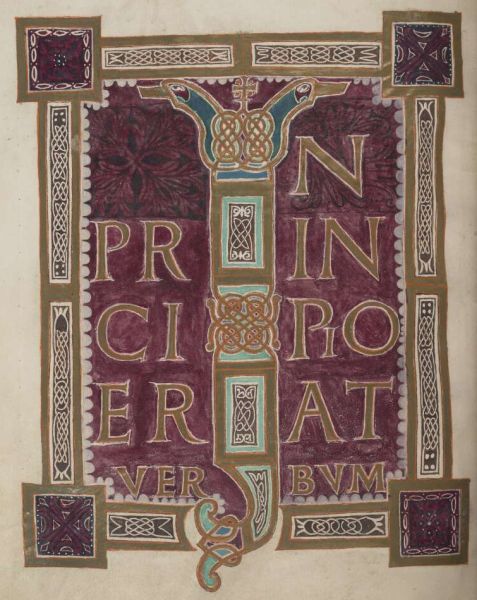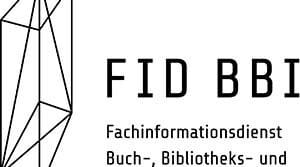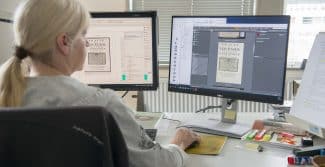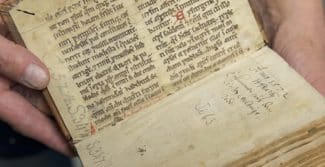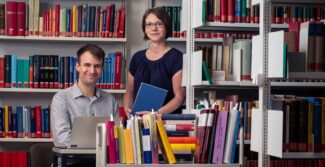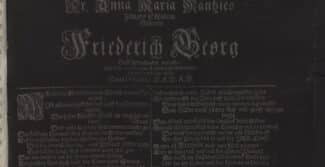2 November 2021
It was thanks to the initiative of Richard Ovenden, the director of the Bodleian Libraries in Oxford, that a collaboration came about in 2018 to digitise medieval manuscripts from German monasteries and nunneries. Since these are the sources of abundant holdings in Oxford and in Wolfenbüttel, a cooperation between the two institutions was a natural step.
Generous funding from the Polonsky Foundation enabled the HAB to acquire cutting-edge photographic technology and to have the support of specialist staff and a research assistant. This has made it possible to upload excellent new photographs and informative catalogue data to the project portal.
In just over two years, around 600 manuscripts have been completely digitised in Oxford and Wolfenbüttel and are now accessible online. Approximately 250 manuscripts with a total of just under 110,000 pages have been digitised at the HAB. The project involved the kind of conservatorial support that is often only actually made possible by the digitisation process. In many cases, conservation measures ensured that bindings and block books were in a sufficiently good condition to be photographed free of risk in the dedicated workshop. Without this preparatory work, it would have been necessary to exclude some works from being digitised. One thing has become very clear: compiling information on the holdings that is as complete as possible would be virtually impossible without preliminary measures of this kind.
New camera technology makes it possible to capture digital images with over 600 dpi, so that the smallest details of the script and the illuminations are reproduced with maximum precision as enlargements on a screen. IIIF technology was introduced at the HAB in the course of this project. The initials stand for International Image Interoperability Framework, referring to a technology that is used around the world to make it easier for researchers and interested members of the public to present, network and utilise digitised versions. The project led to an innovation that will be extremely useful elsewhere too: in the future, IIIF technology will be applied to display all digitised manuscripts, historical maps and prints.
A scholarly in-depth cataloguing of medieval manuscripts is well underway at the HAB, which also acts as the manuscript centre for northern Germany: several projects funded by the Deutsche Forschungsgemeinschaft (German Research Foundation, DFG) are currently working on manuscripts owned by the HAB, the SUB (State and University Library) Göttingen and Stadtbibliothek Lübeck (Lübeck Municipal Library). Digitisation projects funded by the DFG are similarly in progress for manuscripts from Wolfenbüttel and Bremen. The goal is to fully digitise all the medieval manuscripts and catalogue them in detail. The focus in this process is placed on the texts contained in the manuscripts, their artistic decoration evident in their illuminations and bindings, their provenance and a reconstruction of any changes in ownership over the centuries.
Most of the HAB’s holdings from monasteries and nunneries come from religious houses in northern Germany, as well as from Weißenburg Abbey in Alsace. Monastery holdings were already the subject of the large-scale research project run by the HAB and the Universität Göttingen, studying the libraries of monasteries, nunneries and abbeys in Goslar, Wöltingerode, Steterburg, Heiningen and Dorstadt.
The manuscripts which were digitised in the course of the Polonsky project from religious houses such as those in Weißenburg, Lamspringe, Clus (near Bad Gandersheim) and Marienberg (near Helmstedt) and from the Collegiate Church of St Blaise in Braunschweig provide a superb basis for further research into education and piety at medieval monasteries and convents. All the available digitisations and descriptions of the manuscripts are freely accessible through the HAB’s manuscript database, which is continually being updated.
The extensive holdings from Marienberg and St Blaise in Braunschweig have not previously been adequately researched, but in the near future they will be the subject of innovative research projects about literature, scholarship, and piety in convents and religious communities. This research is to be conducted as a collaboration with medievalist academics at the University of Oxford and the Bodleian Libraries so that both sides will continue to benefit from the experience and expertise of their partner institutions.
PURL: http://diglib.hab.de/?link=137
Image: Evangeliarium, Cod. Guelf. 84.3 Aug. 2°, 197v.
